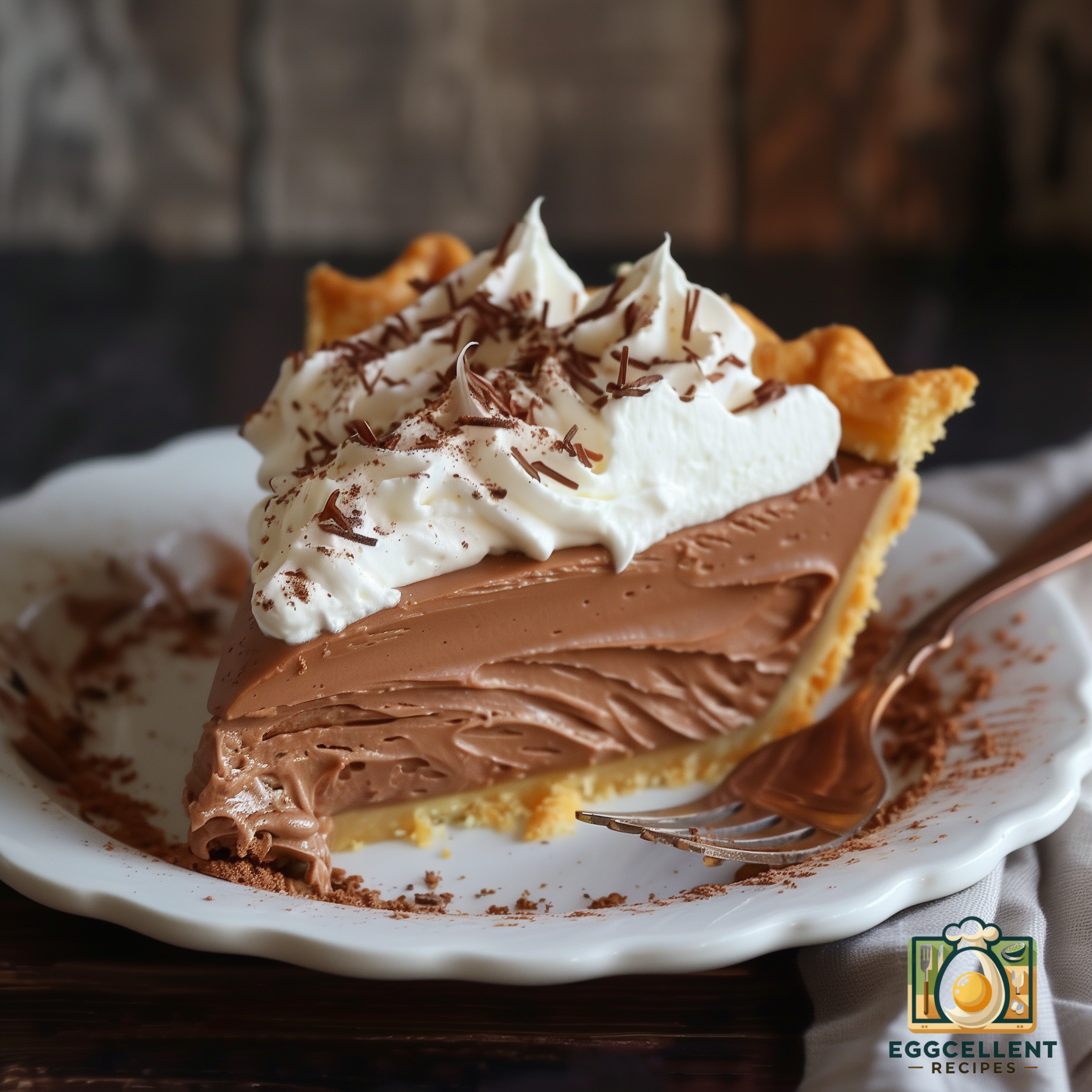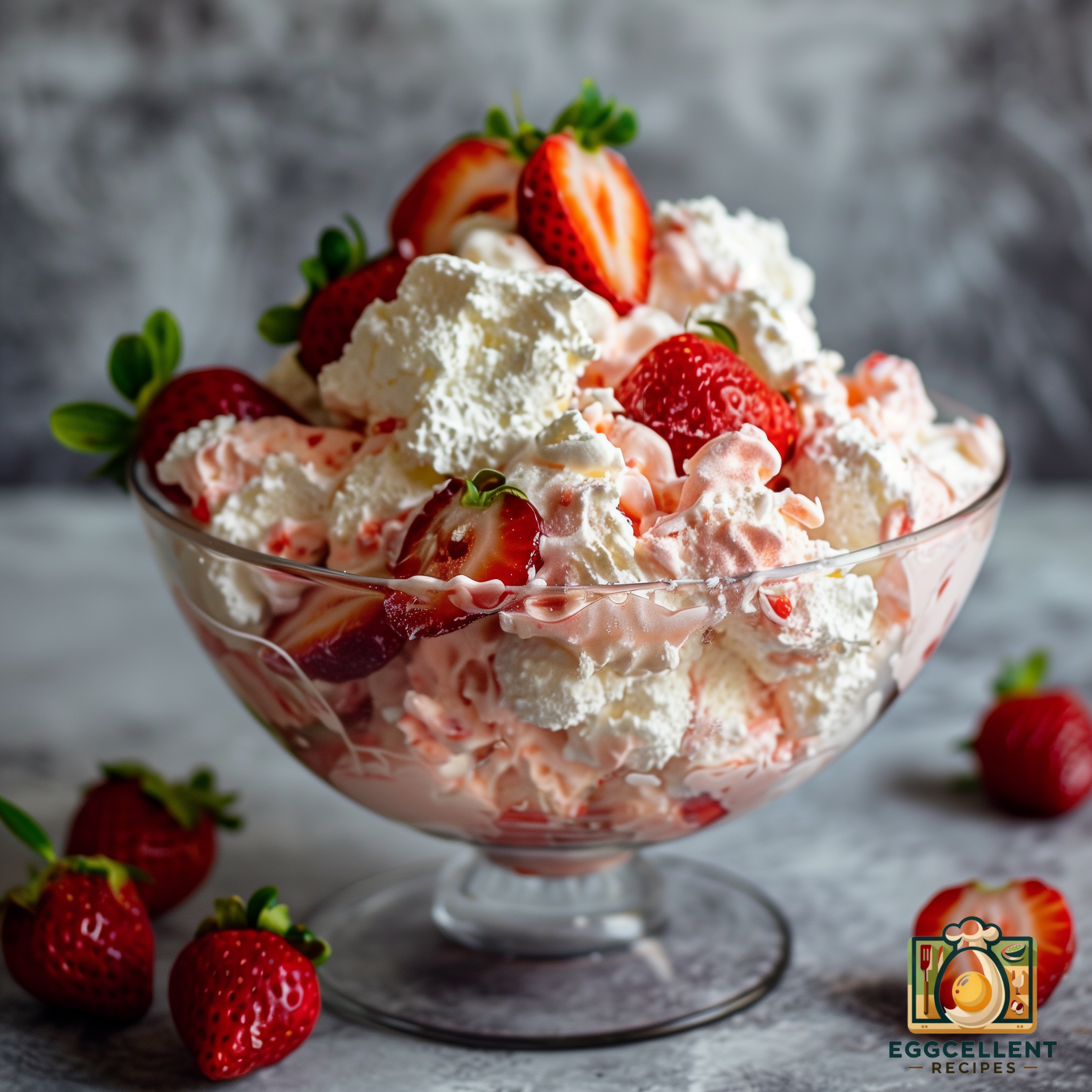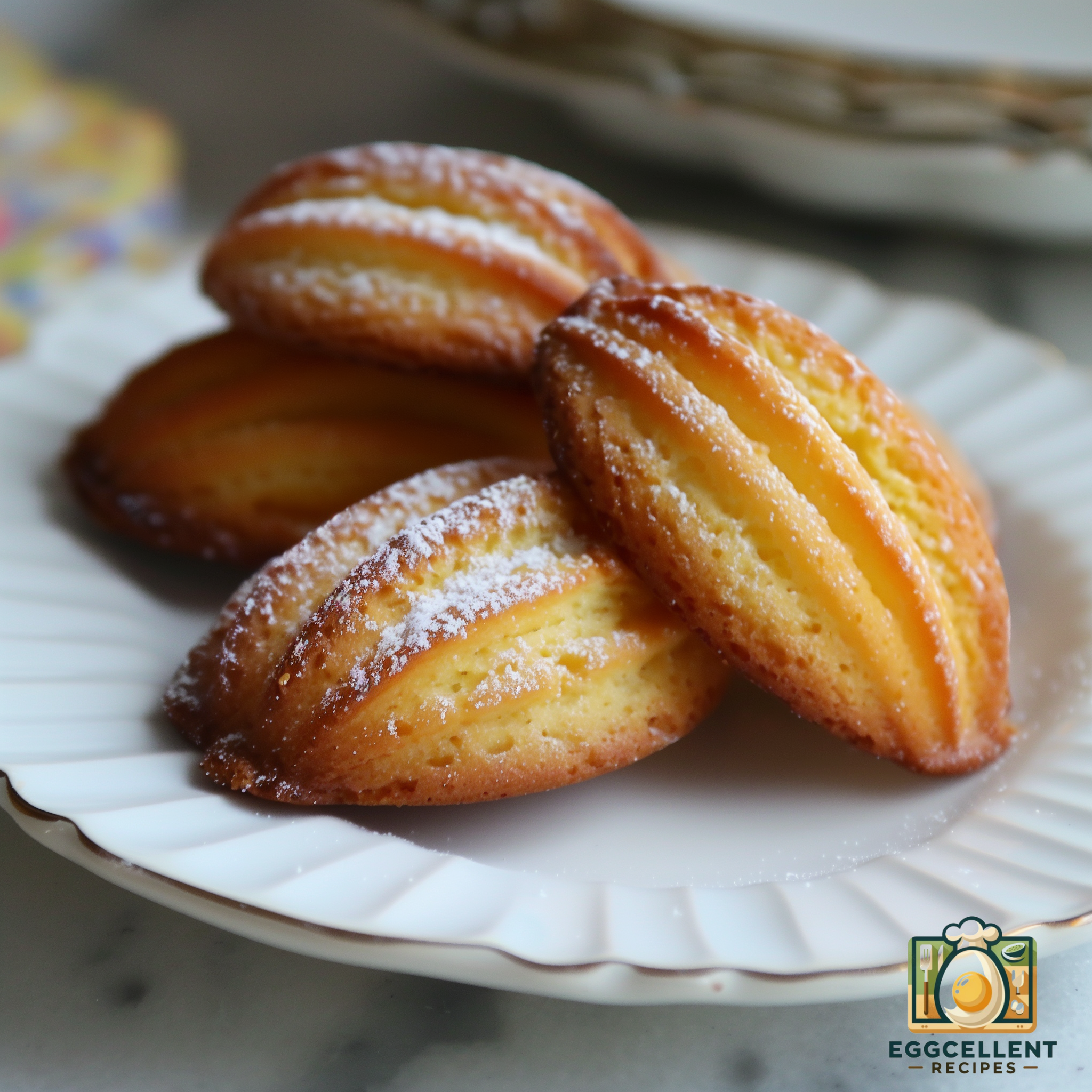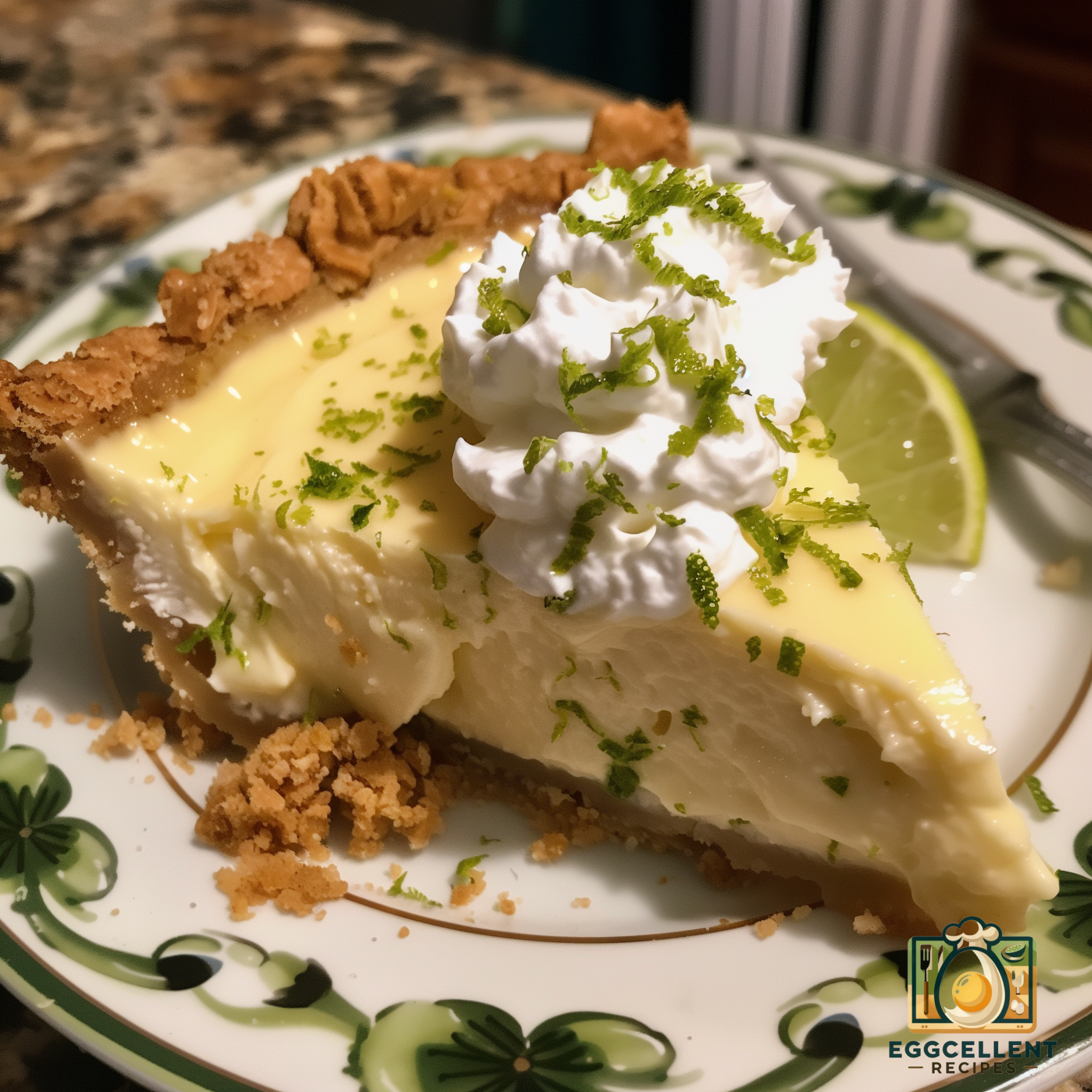Overview
What is Hollandaise Sauce?
Hollandaise sauce is a classic French sauce that is rich, creamy, and buttery. It is made by emulsifying butter with egg yolks and lemon juice, resulting in a smooth and velvety texture. Hollandaise sauce is often used as a topping for eggs Benedict, as a dipping sauce for steamed vegetables, or as a base for other sauces. Its tangy and indulgent flavor pairs well with a variety of dishes, making it a versatile and beloved sauce in the culinary world.
History of Hollandaise Sauce
Hollandaise sauce is a classic French sauce that is known for its rich and creamy texture. It is believed to have originated in the 17th century in the region of Holland, hence the name. The sauce is made by emulsifying egg yolks and melted butter, resulting in a smooth and velvety consistency. Hollandaise sauce is commonly used as a topping for eggs Benedict, as well as a sauce for vegetables, fish, and grilled meats. Its tangy and buttery flavor adds a delicious touch to any dish. Over the years, Hollandaise sauce has become a staple in French cuisine and continues to be enjoyed by people all around the world.
Common Uses of Hollandaise Sauce
Hollandaise sauce is a versatile condiment that can be used in a variety of dishes. One of the most common uses of hollandaise sauce is as a topping for eggs Benedict. The rich and creamy texture of the sauce pairs perfectly with the poached eggs and toasted English muffins, creating a delicious and indulgent breakfast or brunch option. Hollandaise sauce can also be used as a dip for steamed vegetables or as a sauce for grilled fish or chicken. Its tangy and buttery flavor adds a burst of richness to any dish it is paired with. Whether you’re a beginner in the kitchen or an experienced chef, hollandaise sauce is a must-have in your culinary repertoire.
Ingredients
Eggs
Eggs are a versatile ingredient that can be used in a variety of dishes. From breakfast classics like scrambled eggs and omelettes to decadent desserts like custards and soufflés, eggs are a staple in the culinary world. In addition to these traditional uses, eggs can also be incorporated into appetizers. If you’re looking for unique and creative appetizer ideas, consider using quail eggs. Quail eggs are small in size but pack a big flavor punch. They can be hard-boiled and served as a standalone appetizer or used as a topping for salads or crostini. The possibilities are endless when it comes to quail egg appetizer ideas. Whether you’re hosting a dinner party or simply looking to impress your guests, quail eggs are sure to be a hit.
Butter
Butter is a crucial ingredient in making the perfect Hollandaise sauce. It provides richness and flavor to the sauce, giving it a smooth and creamy texture. When choosing butter, it is important to use unsalted butter to have control over the saltiness of the sauce. Additionally, using high-quality butter will enhance the overall taste of the sauce. To incorporate the butter into the sauce, it should be melted and added gradually, while continuously whisking to ensure a smooth and emulsified mixture. The butter adds a luxurious touch to the Hollandaise sauce, making it a decadent addition to any dish.
Lemon Juice
Lemon juice is a key ingredient in making the perfect hollandaise sauce. Its tangy and citrusy flavor adds a refreshing twist to the rich and creamy sauce. When adding lemon juice to the sauce, it is important to use freshly squeezed juice for the best results. The acidity of the lemon juice helps to balance the richness of the egg yolks and butter, creating a harmonious blend of flavors. Additionally, the lemon juice also acts as a natural preservative, helping to prevent the sauce from spoiling. So, be sure to include a generous squeeze of lemon juice when whisking up your hollandaise sauce for a bright and flavorful finish.
Preparation
Whisking the Eggs
Whisking the eggs is a crucial step in making the perfect Hollandaise sauce. It is important to whisk the eggs thoroughly to ensure a smooth and creamy texture. To start, crack the eggs into a bowl and whisk them until they are well beaten. This will help incorporate air into the eggs, resulting in a lighter and fluffier sauce. Whisking also helps to evenly distribute the heat and prevent the eggs from curdling. It is recommended to use a wire whisk or a hand mixer for best results. Take your time and whisk the eggs patiently until they reach a pale yellow color and have a thick consistency. Once the eggs are whisked, they are ready to be combined with the other ingredients to create a delicious Hollandaise sauce.
Melting the Butter
To begin melting the butter, you will need a small saucepan and low heat. Place the saucepan on the stove and turn the heat to low. Add the butter to the saucepan and let it slowly melt. It is important to melt the butter slowly to prevent it from burning or browning too quickly. Stir the butter occasionally to ensure even melting. Once the butter is completely melted, remove the saucepan from the heat and set it aside.
Combining the Ingredients
To create the perfect Hollandaise sauce, it is essential to master the art of combining the ingredients. This step is crucial in achieving the right texture and flavor of the sauce. The key ingredients for Hollandaise sauce include egg yolks, lemon juice, and clarified butter. Start by whisking the egg yolks and lemon juice together in a heatproof bowl. Then, slowly drizzle in the melted clarified butter while continuously whisking the mixture. The gradual addition of butter helps emulsify the sauce and create a smooth and creamy consistency. It is important to whisk vigorously to ensure that all the ingredients are well incorporated. Once the ingredients are fully combined, the Hollandaise sauce is ready to be served and enjoyed with your favorite dishes.
Cooking Techniques
Double Boiler Method
The double boiler method is a popular technique used in making hollandaise sauce. It involves using a heatproof bowl placed over a pot of simmering water. This indirect heat helps to prevent the sauce from curdling or overheating. To use the double boiler method, simply fill the pot with a small amount of water and bring it to a gentle simmer. Then, place the heatproof bowl on top of the pot, making sure it fits snugly. Next, add the ingredients for the hollandaise sauce to the bowl and whisk continuously until the sauce thickens and becomes smooth. The double boiler method is a great option for beginners as it provides a controlled and gentle heat source, ensuring a perfectly creamy hollandaise sauce every time.
Blender Method
The blender method is a quick and easy way to make hollandaise sauce. It involves using a blender to emulsify the ingredients, resulting in a smooth and creamy sauce. To make hollandaise sauce using the blender method, you will need eggs, lemon juice, salt, cayenne pepper, and melted butter. Simply add the eggs, lemon juice, salt, and cayenne pepper to the blender and blend for a few seconds. Then, gradually pour in the melted butter while continuing to blend until the sauce thickens. The blender method is perfect for beginners as it eliminates the need for constant whisking and provides consistent results every time.
Immersion Blender Method
The immersion blender method is a quick and easy way to make hollandaise sauce. This method involves using an immersion blender to emulsify the ingredients, resulting in a smooth and creamy sauce. To make hollandaise sauce using this method, start by melting butter in a microwave-safe bowl. In a separate bowl, whisk together egg yolks, lemon juice, and salt. Slowly pour the melted butter into the egg yolk mixture while blending with the immersion blender. Continue blending until the sauce thickens. The immersion blender method is perfect for beginners who want to achieve a velvety hollandaise sauce without the risk of curdling or separating.
Troubleshooting
Sauce is Too Thin
When making hollandaise sauce, one common issue that beginners often encounter is when the sauce turns out to be too thin. This can happen if the sauce is not cooked long enough or if too much liquid is added. To fix this problem, you can try cooking the sauce for a bit longer to allow it to thicken. Alternatively, you can add a small amount of cornstarch or flour to help thicken the sauce. It’s important to add these thickening agents gradually, as adding too much can result in a lumpy texture. By following these tips, you’ll be able to rescue your thin hollandaise sauce and achieve the perfect consistency.
Sauce is Too Thick
When making hollandaise sauce, it is not uncommon for the sauce to become too thick. This can happen if the emulsion breaks or if too much heat is applied during the cooking process. To fix a thick sauce, you can try adding a small amount of warm water or lemon juice and whisking vigorously until the desired consistency is reached. Alternatively, you can slowly drizzle in some melted butter while whisking continuously. It is important to be patient and not rush the process, as adding too much liquid at once can cause the sauce to separate. By following these tips, you can easily rescue a thick hollandaise sauce and achieve the perfect creamy texture.
Sauce is Curdled
One common problem that beginners often encounter when making hollandaise sauce is curdling. Curdling occurs when the sauce separates into liquid and solid components, resulting in a lumpy texture. This can happen if the sauce is heated too quickly or if the eggs are not properly emulsified. To prevent curdling, it is important to heat the sauce slowly and continuously whisk it to maintain a smooth consistency. If the sauce does start to curdle, it can sometimes be salvaged by adding a small amount of cold water or lemon juice and whisking vigorously to re-emulsify the mixture. However, it is best to avoid curdling in the first place by following the proper techniques and taking your time when making hollandaise sauce.
Conclusion
Mastering the Art of Hollandaise Sauce
Hollandaise sauce is a classic French sauce that can elevate any dish to new heights. Mastering the art of making hollandaise sauce is a skill that every aspiring chef should strive for. The perfect hollandaise sauce should have a rich and creamy texture, with a delicate balance of tanginess and buttery goodness. It is traditionally made by slowly whisking together egg yolks, lemon juice, and melted butter until a smooth and velvety consistency is achieved. While it may seem intimidating at first, with practice and patience, anyone can become a master of hollandaise sauce. So, grab your whisk and get ready to whisk up the perfect hollandaise sauce!
Experimenting with Variations
When it comes to experimenting with variations of Hollandaise sauce, the possibilities are endless. From adding a touch of Dijon mustard for a tangy twist, to incorporating fresh herbs like tarragon or chives for added flavor, there are numerous ways to customize this classic sauce. You can also try experimenting with different types of acid, such as lemon juice or white wine vinegar, to create a unique taste. Whether you’re a beginner or a seasoned chef, exploring different variations of Hollandaise sauce is a fun and creative way to elevate your culinary skills.
Enjoying the Fruits of Your Labor
After all the hard work and effort you put into making the perfect Hollandaise sauce, it’s finally time to enjoy the fruits of your labor. Whether you’re serving it over eggs Benedict, as a dip for asparagus, or drizzling it over grilled salmon, the rich and creamy sauce is sure to take your dish to the next level. The velvety texture and tangy flavor of the Hollandaise sauce perfectly complement a variety of dishes, making it a versatile and delicious addition to any meal. So sit back, relax, and savor every bite of your culinary masterpiece!






